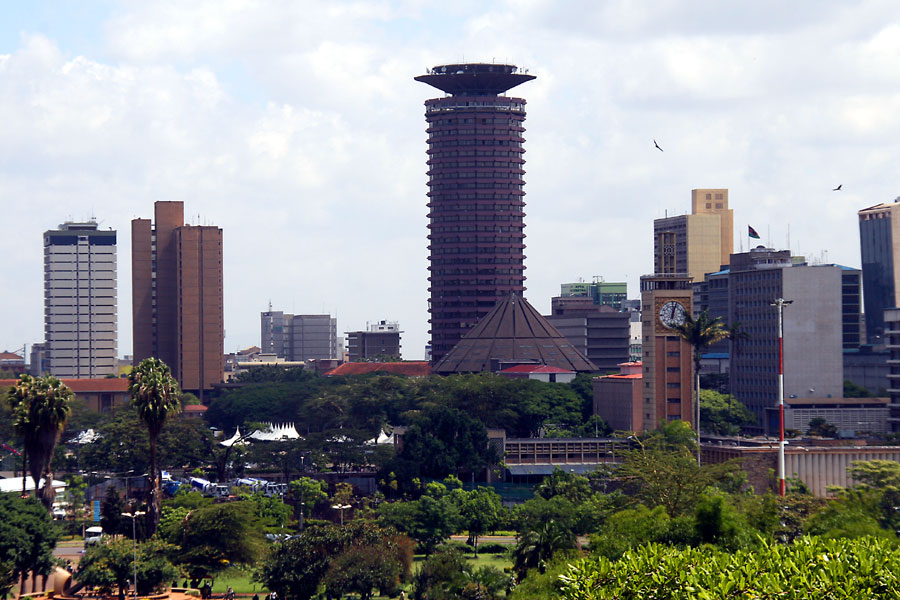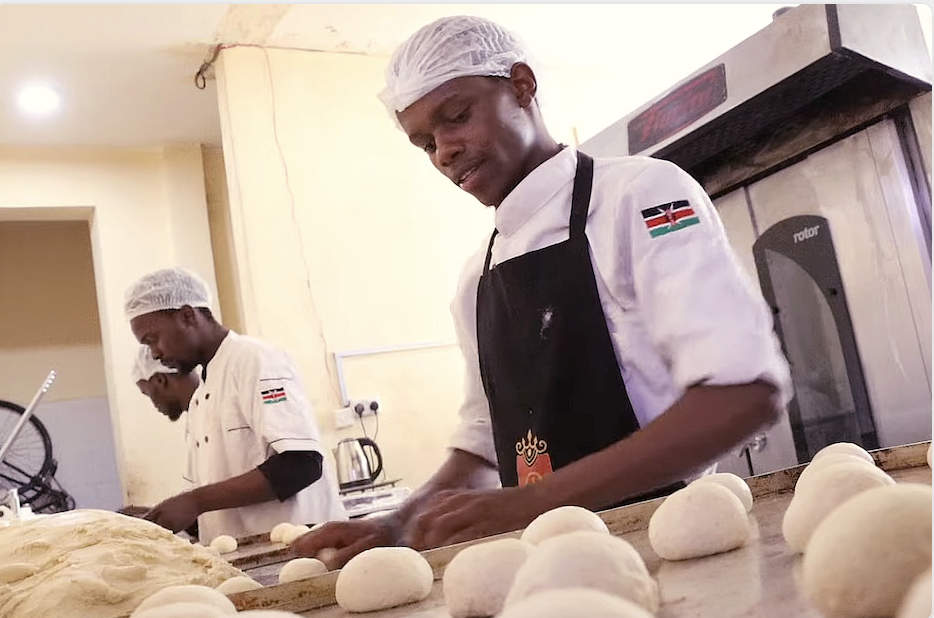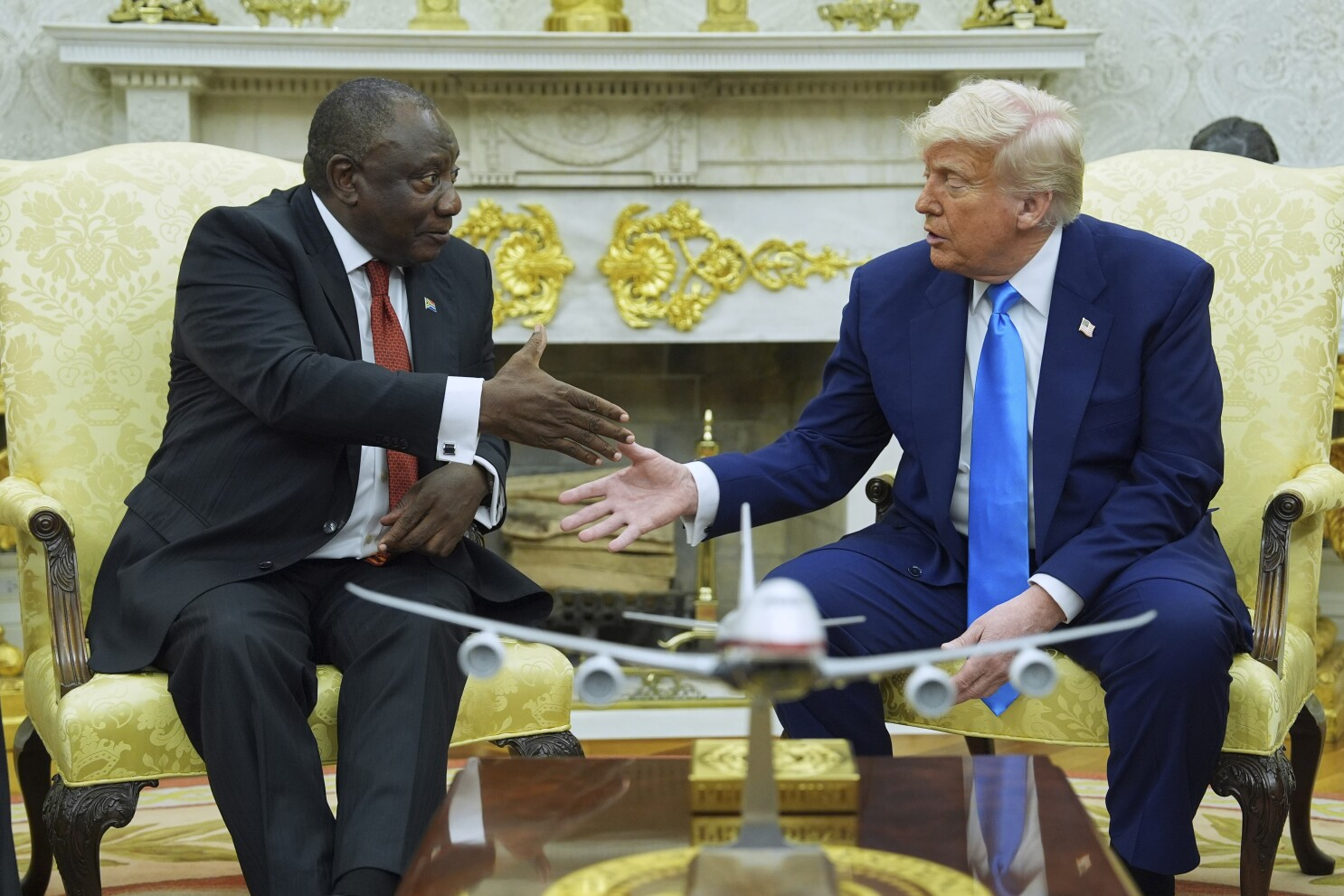
World Bank tells Kenya to find new way to raise revenues beside taxes

Kenya’s ability to generate higher revenue by introducing new taxes may have reached a peak, according to the World Bank.
Tax revenue as a ratio of gross domestic product fell to the lowest more in a decade in the fiscal year through June 2018 and the only way to turn this around is through reducing exemptions, improving collection administration and expanding the tax base, the lender said.
“Given the continuous revenue decline at a time when nominal GDP is growing, the ability to raise more revenue could have plateaued and significant structural reforms may be needed to reverse this worrying trend,’’ the lender said in its economic update on Kenya released Thursday.
The government seeks to collect 1.69 trillion shillings ($16.8 billion) in the current fiscal year to help narrow the budget deficit to 5.9 percent of GDP from 6.9 percent. To do this, the Treasury has introduced measures including an 8 percent value-added tax on petroleum products and doubled excise levies on mobile-money transfers.
“What is happening right now is that you are increasing taxes on an already compliant population,’’ Einstein Kihanda, the chief executive officer of Nairobi-based ICEA Lion Asset Management Ltd., said in an interview. “You can only mine so much and at some point you will start getting diminishing returns.’’
Lower profitability in the banking sector and an increase in the number of categories exempt from value-added tax contributed to a loss in revenue, according to the report.
The state plans to overhaul its income-tax law and draft legislation seeking to make collection more efficient will be introduced in parliament soon, Treasury Secretary Henry Rotich said earlier this month.
“We are either at breaking point or very close,’’ Kihanda says. “If you look at revenue growth, it clearly shows there is need to deliberately rethink how we go about levying taxes.’’






